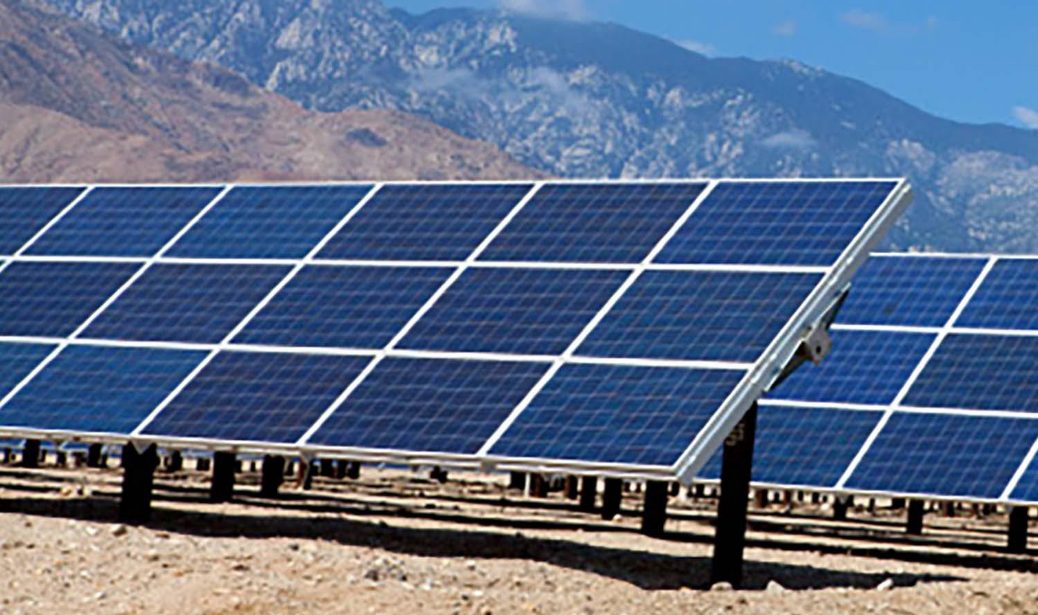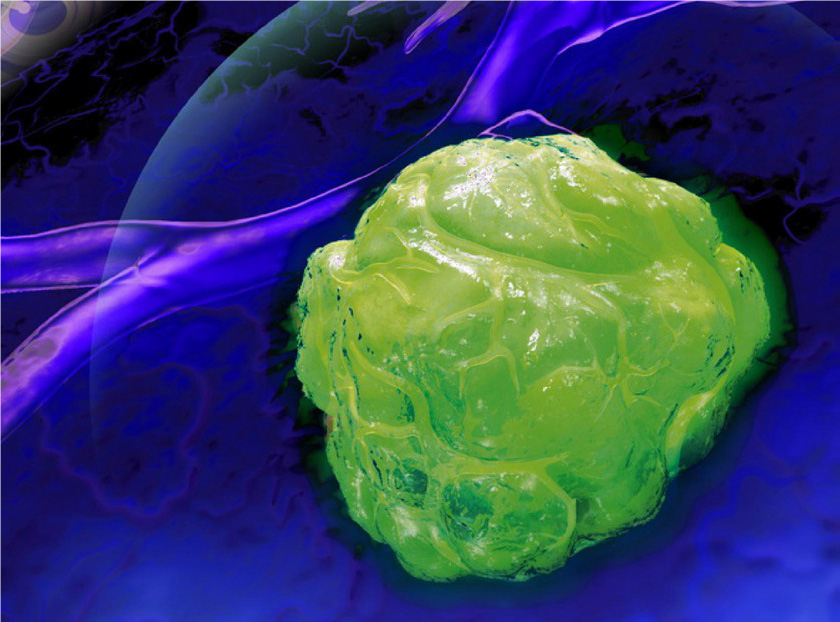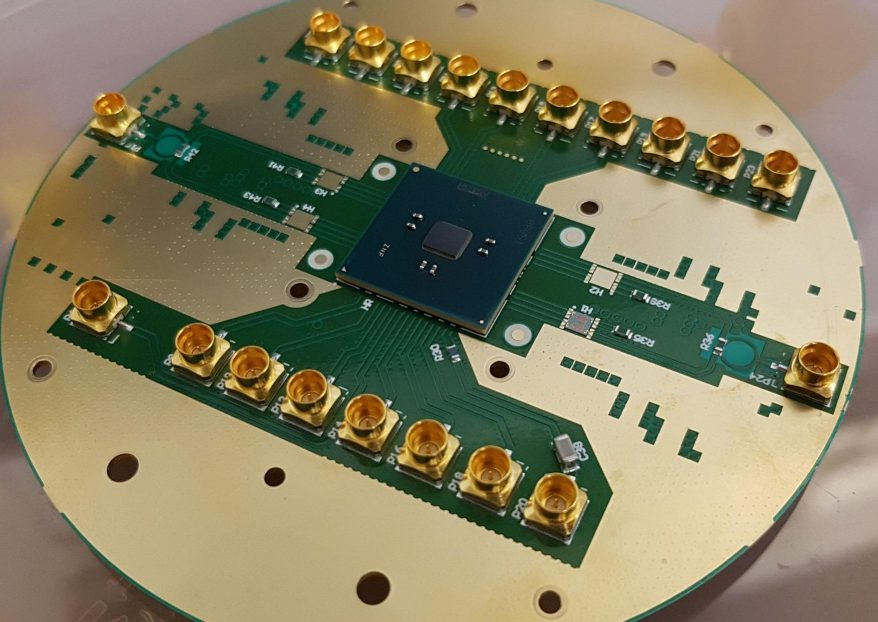In 2021, EPFL has harmonized and strengthened the governance of its various associated campuses by distinguishing between the conduct of strategic and academic reflection and the conduct of operational activities. A new operational director, Marcella Giovanni, has been appointed in Neuchâtel. Her mission is to manage operational activities and promote the Campus.
The Campus Committee constitutes a local proposal force for the scientific developments and operational needs of the research units. It is composed of 5 professors: Simon Henein, Christian Enz, Christophe Ballif, Yves Bellouard and Jürg Schiffmann.
The Campus employed 189 people in 2020 and hosted 100 students for semester and masters projects. On average, 240 people worked on the Campus on a daily basis. This number has been stable since 2017.
The laboratories in the Neuchâtel Campus are grouped into 3 Institutes of the Faculty of Engineering Sciences and Techniques (STI):
– The Institute of Electricity and Microtechnology (IEM)
– The Institute of Materials (IMX)
– The Institute of Mechanical Engineering (IGM)
They pursue research activities related to microtechnology and are mainly involved in the following themes:
energy, mechatronics, micro-nano- and bio-electronics, advanced manufacturing
In 2021, the Institutes of Electricity (IEL) and Microtechnology (IMT) of EPFL merged. The new Institute of Electricity and Microtechnology covers an extremely broad spectrum of fields, from energy to robotics and from micro and nanotechnologies to artificial intelligence.
Its international visibility is reinforced and facilitates the recruitment of the best students, researchers and professors.
SCIENTIFIC ACTIVITIES
Currently, 12 professors and 3 senior lecturers are leading the research in 11 laboratories and 1 research group. The year 2021 saw the arrival of Prof. Kyojin Choo and the opening of his new laboratory “Mixed-Signal Integrated Circuit Lab MSICLAB”.
– Prof. Sandro Carrara (ICLAB) has been elected Chairman of the Steering Committee of the new IEEE Journal on Flexible Electronics.
– Prof. Roland Logé (LMTM) received the Award of Distinction at THERMEC, in recognition of outstanding contributions to the science and technology of advanced materials processing and manufacturing.
– Andrea Ruffino (AQUA) was awarded the IEEE Solid-State Circuits Society (SSCS) Predoctoral Achievement Award for 2020-2021 for his work entitled “Cryogenic CMOS integrated circuits for scalable quantum computers”.
– PhD student Antonino Caizzone (ICLAB) received the Gilbert Hausmann Award 2021 for his thesis entitled “An Ultra Low-Noise Micropower PPG Sensor”.
– Jordan Holweger (PV-LAB) received a Best Poster Award at the Swissolar national.
– The 16th IEEE International Symposium on Medical Measurement and Applications to be held in Neuchâtel from June 23 to 25, 2021
– EUROMECH Colloquium 613, co-organized with Ecole Polytechnique (France) and Université Catholique de Louvain-la-Neuve (Belgium)
– SAMCE (Swiss Advanced Manufacturing Community Event), jointly organized by EPFL, ETHZ, EMPA, SATW and SFA-AM
– Sofia photovoltaics module reliability workshop, June 9-10, 2021
– IceQubes, International Workshop on Cryogenic Electronics for Quantum Systems, June 2-4, 2021
For more than 20 years, EPFL has been a key player in innovation in Switzerland.
It promotes innovation activities with industry, organizes new entrepreneurship programs and new thematic initiatives to intensify collaborations with companies. In 2021, 12 new patents were filed and 3 licenses executed, bringing to 104 the number of patents filed and 38 the number of licenses executed since 2009 by the Neuchâtel laboratories.
In order to encourage the creation of startups, the EPFL Innovation Park foundation organized online a new edition of the Business Concept course.
Financed by Innosuisse, the course took place in spring 2021.
The Business Concept is a 14-session course.
It aims to give students, researchers, assistants and professors, all the necessary entrepreneurial tools to launch their start-up on the market with the best chances of success.
Among the projects presented in 2021 and originating from Neuchâtel actors:
SilicONbrain: a startup offering a new generation of implants for blind patients. This project brings together several universities such as EPFL, CSEM, but also the VATEL management school.
Velaplena: alternative school for learning arts in community, Printable grasp, EPFL project to rehabilitate hand sensations for amputees thanks to an innovative technology.
Lightweight PV modules: a CSEM project proposing a new generation of more efficient, less expensive and more reliable solar panels.
iSleep: a mask to manage sleep disorders, developed by a neuroscience team at the University of Geneva.
RentAnything: a rental platform between individuals, the result of the HE-Arc and Univestisé of Aix-Marseille.
ConnectyBox: vending machine for the sale of local products in a short circuit, an inter-university project between the CSEM and the UNINE.
Proseed: circular economy initiative by reusing spent grain from beer brewing for protein concentrate uses. This last project received the Business Concept award for the best progress during the course.
Technology transfer to industry is also achieved through the creation of new companies that aim to commercialize the innovative results of research laboratories.
Between 2013 and 2021, 13 startups originating from Neuchâtel laboratories or created jointly were created. They have made a significant contribution to innovation and have the potential to create jobs in the Canton of Neuchâtel.
The STI faculty has advertised for two professorships to strengthen the Advanced Manufacturing Competence Center at EPFL Neuchâtel. If these two appointments are successful, the new professors will move into the Microcity building at the end of 2022. They will occupy the remaining available space as well as the areas currently occupied by the laboratory of Prof. Christian Enz who will retire in December 2022.
At the same time, the M2C center will complete its equipment with the acquisition of a high-volume, high-resolution 3D metal printer, a metal powder atomizer, a robotic micromanipulator for micro-assembly and a high-resolution X-ray micro-tomography system.
With this equipment, the center will cover the entire value chain of precision additive manufacturing.
The project for the new JD7 building passes an important milestone with the demolition of the existing building on the planned plot and the launch of the architectural competition; both will start in the first half of 2022. This building will offer prospects for the expansion of EPFL Neuchâtel within 3 to 4 years.
Finally, if the epidemiological situation related to Covid-19 improves, 2022 will see the return of events and conferences organized in the Neuchâtel Campus: new edition of Micro’ in October, networking events between CSEM and EPFL, official launch of the M2C and a special day for the first year of the creation of the IEM, for example.
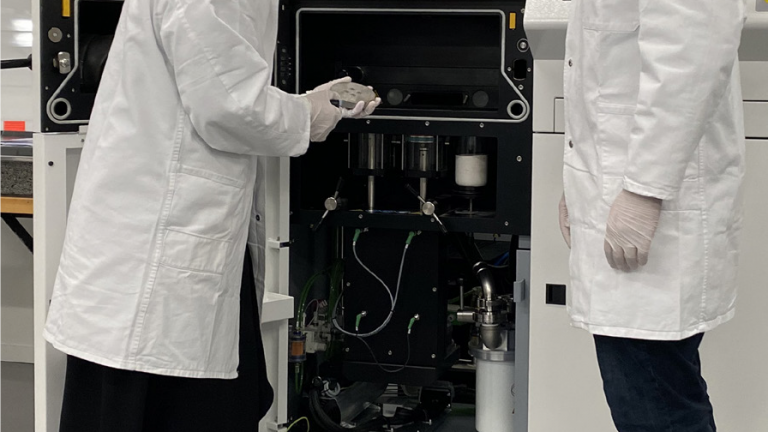
The Microfabrication Research Center (M2C) is an alliance between EPFL and CSEM. Its goal is to meet the future needs of industry in terms of innovation and implementation of new advanced manufacturing processes. In 2021, work was completed on the facility for additive metal manufacturing by laser powder bed fusion. The Center has put into operation a first machine for the precious metal objects. Also in operation since October, a high-power femtosecond laser source allows the study of light-matter interactions and the 3D processing of transparent materials.
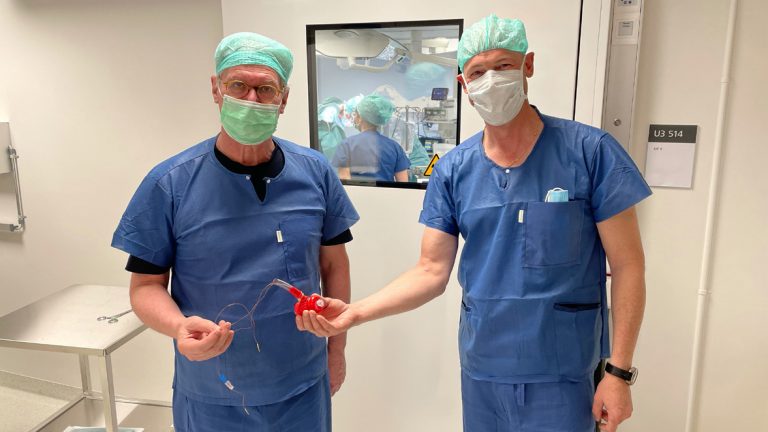
Within the Center for Artificial Muscles (CAM), EPFL works in collaboration with its partners in cardiac surgery – University of Bern – and reconstructive medicine – University of Zürich. It aims to become the world reference for the development and clinical transfer of a completely new technological approach for artificial muscles in the human body. In April 2021, the first tubular artificial muscle was successfully implanted – in vivo, to improve the aorta and help the heart maintain blood flow. It is an artificial, flexible muscle wrapped around the aorta. It can contract and expand the vessel to improve the natural functions of the aorta, and help the heart pump blood to the rest of the body.
